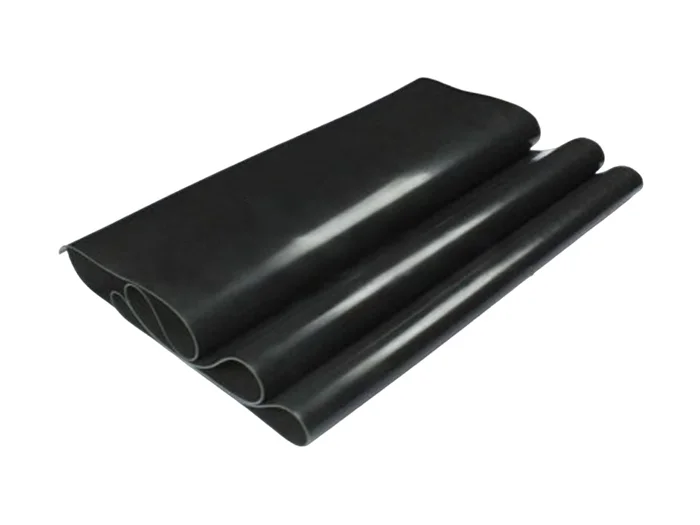Unveiling the Finest Biodegradable Packaging Solutions
2 min readIn today's environmentally conscious world, finding sustainable alternatives to traditional packaging materials has become imperative. Biodegradable packaging offers a promising solution, minimizing the negative impact on the environment. This article aims to explore the best biodegradable packaging options available, highlighting their benefits, applications, and future prospects.
- Understanding Biodegradable Packaging:
Biodegradable packaging refers to materials that can naturally decompose and return to the environment without causing harm. Unlike conventional packaging, which may take centuries to break down, biodegradable packaging offers a more sustainable approach. It can be made from various sources, including plant-based materials, fungi, and even certain types of plastics. - Biodegradable Packaging Materials:
a) Plant-based Materials:
Derived from renewable resources, plant-based materials like cornstarch, sugarcane bagasse, and bamboo are gaining popularity. These materials possess excellent biodegradability and can be used for a wide range of packaging applications, including food containers, bags, and wraps.
b) Mushroom Packaging:
Mushroom packaging, also known as mycelium packaging, utilizes the root structure of mushrooms to create a biodegradable material. It offers a sustainable alternative to polystyrene foam packaging and can be molded into various shapes. Mushroom packaging is not only biodegradable but also compostable and has excellent insulation properties.
c) Biodegradable Plastics:
Certain types of plastics, such as polylactic acid (PLA) and polyhydroxyalkanoates (PHA), are biodegradable. These plastics are derived from renewable resources and can be used for packaging applications. However, it is crucial to ensure proper disposal methods, as they may not degrade efficiently in all environments.
- Advantages of Biodegradable Packaging:
a) Environmental Benefits:
Biodegradable packaging significantly reduces the accumulation of non-biodegradable waste in landfills and oceans. It helps conserve natural resources, reduces greenhouse gas emissions, and minimizes pollution associated with traditional packaging materials.
b) Versatility:
Biodegradable packaging materials can be tailored to suit various applications, including food packaging, cosmetics, electronics, and more. They offer comparable functionality and durability to conventional packaging while being eco-friendly.
c) Consumer Appeal:
With increasing environmental awareness, consumers are actively seeking products packaged in sustainable materials. Biodegradable packaging not only appeals to eco-conscious consumers but also enhances brand reputation and customer loyalty.
- Challenges and Future Outlook:
While biodegradable packaging presents numerous benefits, certain challenges need to be addressed. These include cost-effectiveness, scalability, and ensuring proper waste management infrastructure. However, ongoing research and technological advancements are continuously improving the viability and performance of biodegradable packaging solutions.
In the future, we can expect further innovation in biodegradable packaging materials, improved manufacturing processes, and increased adoption across industries. Collaborations between packaging manufacturers, researchers, and policymakers will play a crucial role in driving sustainable packaging practices.
Conclusion:
Biodegradable packaging offers a sustainable and eco-friendly alternative to traditional packaging materials. With a wide range of options available, including plant-based materials, mushroom packaging, and biodegradable plastics, businesses can make a significant positive impact on the environment. By embracing biodegradable packaging solutions, we can move towards a more sustainable future, reducing waste and preserving our planet for generations to come.


